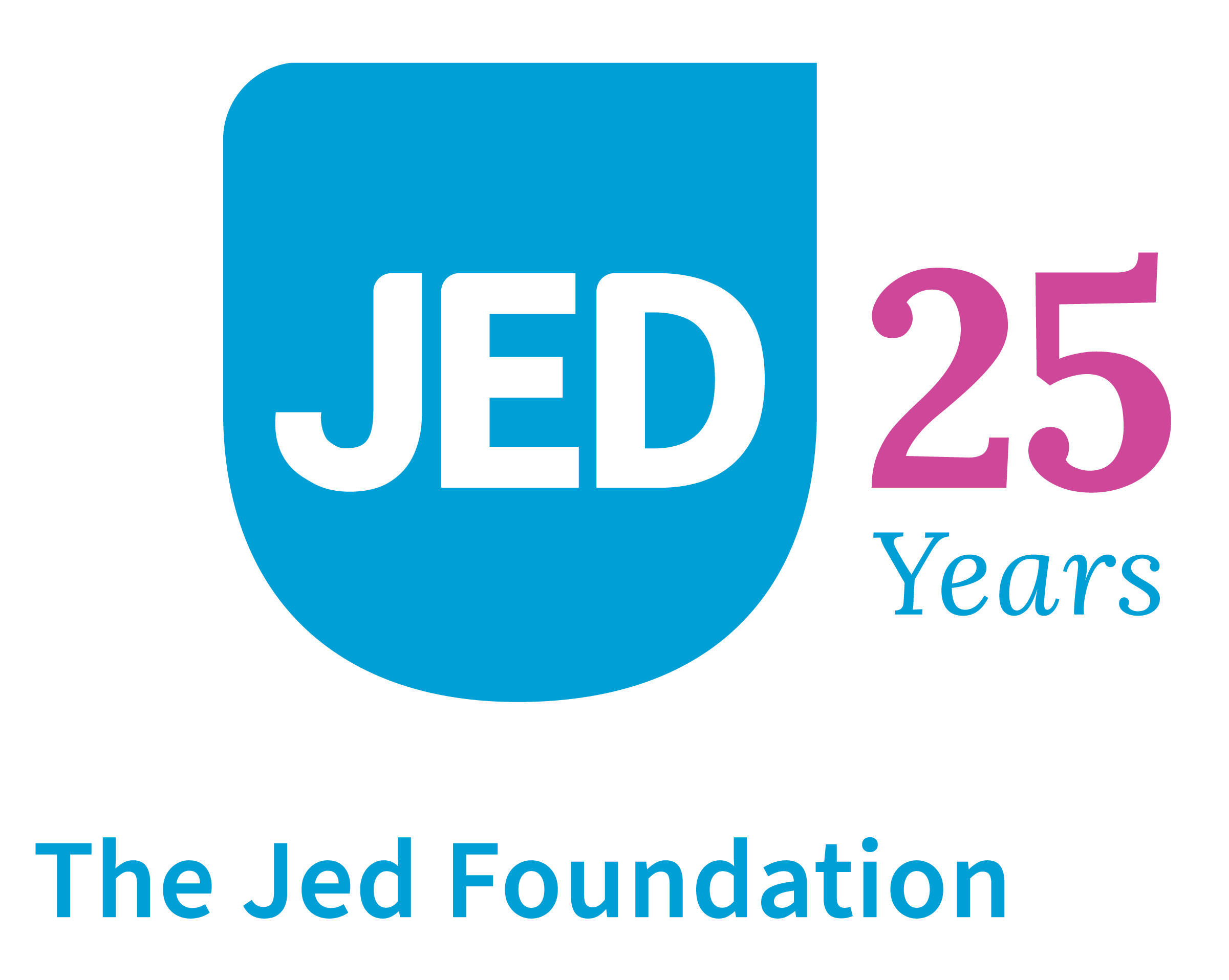While media coverage of mental health has increased in recent years, the language used in articles, social media posts, and videos needs to improve. How we talk about mental health not only impacts how people think about it (perpetuating stigma and stereotypes), it can also directly affect those living with mental health challenges or suicidal ideation. The wrong word choices and imprecise reporting can trivialize and mischaracterize mental health in a way that creates barriers to care and makes it more difficult to advocate for meaningful mental health policy change.
As an organization dedicated to protecting emotional health and helping to prevent suicide for our nation’s teens and young adults, The Jed Foundation (JED) knows that using the right words can help more people see themselves in a media story and get the help they need. We believe the media can and should be an ally in highlighting mental and public health initiatives.
The need for media outlets to review their current policies and guidelines is both important and urgent: 3 out of 10 young adults experienced a mental health condition in 2020—a more than 42% increase since 2011—and the need is outpacing the current capacity of mental health support and resources in our schools and communities. Additionally, nearly half of all Americans will meet the criteria for a mental health disorder in their lifetime, and mental illness is now the leading cause of disability in the United States—yet only 40% of people receive treatment. We’ve reached a critical juncture in our need to destigmatize talking about and addressing mental health.
The media’s portrayal of mental health has far-reaching implications. It can prevent or delay meaningful policy change or influence how people with mental health conditions are treated in health care settings. For example, studies show that stigma-related bias restricts access to care and is associated with negative outcomes.
Additionally, disproportionate coverage of violent and sensational acts by individuals with mental health issues (such as mass shootings) can lead to over-correlation between mental illness and violent episodes. Research shows that the majority of media mentions link severe mental illness to violence. According to one report, 4% of interpersonal violence in the United States can be attributed to mental illness, but almost 40% of news stories about mental illness connect it to violent behavior that harms others. However, people with severe mental illness are actually 10 times more likely to be the victims of a violent crime than people in the general population.
We also know that responsible reporting can prevent suicide. When we report on suicide as a public health issue—and include stories on hope, healing and recovery—this can prevent readers from copycat actions. However, suicide is not the only act that is often replicated once it is reported on by the media. There are often up to three mass shootings in the week following a highly publicized act of gun violence. Shooters say they model their behavior on what they learned about the previous shooters and events.
How mental health is portrayed in the media is especially meaningful to those who are thinking about asking for help and those who are actively pursuing treatment for diagnosed conditions. For example, research shows that when media stories describe mental health disorders with negative-leaning language, individuals who are living with their own mental health challenges find it condescending, isolating, and stigmatizing. But when positive words are used stigma is reduced and those same readers feel a sense of dignity, empathy, and hope. The Jed Foundation’s phrasing recommendations, with examples, can be found here.
JED encourages journalists, and all content creators, to:
At JED, our goal is to equip young people with the tools they need to manage their emotions, identify warning signs, and provide concrete recommendations for protecting their mental health. Our statements about Safe Reporting on Suicide and How Influencers Can Help Shape Safe Conversations offer further guidance.
Too often media coverage makes it seem like mental health issues are the individual’s problem alone, or even in some cases, their fault. Much of the time, the wording implies that the symptoms, behavior, or disorder could have been overcome or fixed. Imprecise language and careless terminology can trivialize what it’s like to live with mental illness. Responsible media coverage begins with establishing safe messaging guidelines and enforcing sensitive language choices. To consult with an expert at JED, please contact media@jedfoundation.org.






